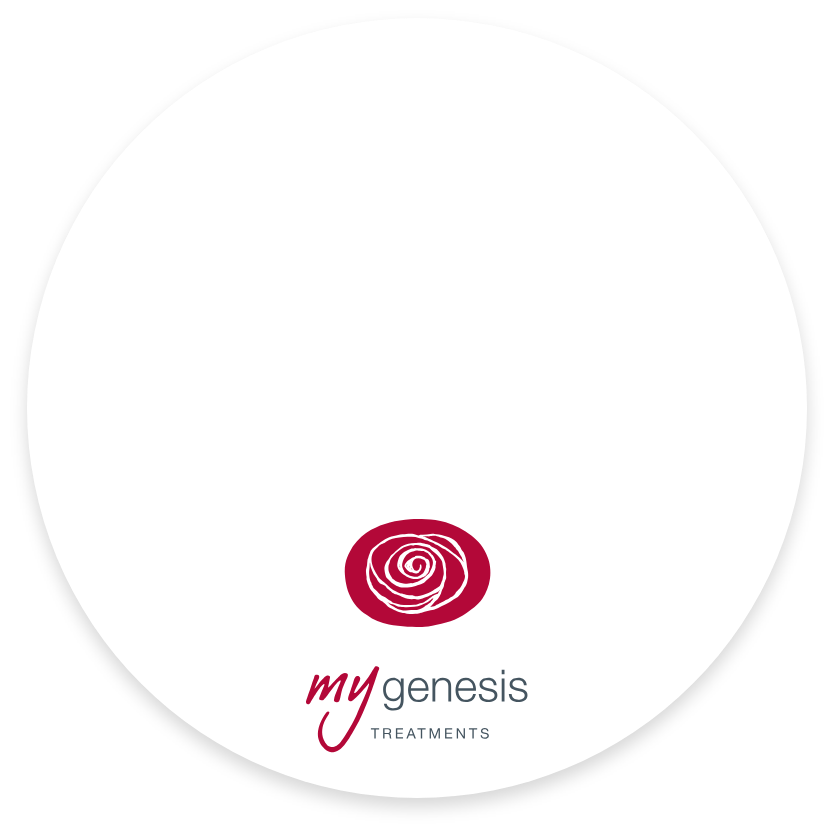
‘Photodamage’ aka sun damage, is something that a lot of us encounter here in Australia. Years ago, solariums and sun baking on the beach with coconut oils were a normal thing to do and being tanned was trendy. These days solariums are now banned here in Australia due to the negative effects they had on the skin. Solariums were found to increase the incidence of skin cancers and photoaging. Due to the increased knowledge and awareness in society, sun protection behaviours have improved. We see the effects of UV damage coming out years after exposure. Sun damage is a regular concern we get asked to treat in our clinic daily. Pigment from sun damage presents in the form of brown spots on the skin.
So why does this happen?
Within the epidermis (superficial layer of skin), melanocytes (pigment cells) and keratinocytes (skin cells) form an ‘epidermal-melanin unit’. One pigment cell makes contact with approximately 30–40 skin cells via little arm like projections called dendrites. This contact allows melanosomes (pigment cells) to be transferred from the tips of the arms of the dendrites into the surrounding keratinocytes (skin cells) which then effects skin colour and enables some protection against UVR-induced damage [1].
The exposure to the UV radiation causes damage to the melanocyte (pigment cell) which in turn causes an over production of melanosomes into the skin cells. Due to the reduction in epidermal turnover as we age pigment is more evident on the skins surface. Pigmentation though, can lay through all layers of the skin and hence the need for different approaches when treating pigmentation. Not all treatments or lasers can treat every pigmentary condition.
Firstly, we need to assess whether the pigment is epidermal (superficial), junctional (middle) or dermal (deep) to determine what treatments are going to get the best results for our patients. Unfortunately, we cannot say we are going to remove all pigmentation forever, as this is not scientifically possible without destroying the melanocyte deep in the dermis (If we do this, you will end up with a white spot on the skin). Pigment generally darkens when exposed to the sun whether on holidays or during the warmer months and the darkening is a natural protective mechanism within the body. If you think about it, we tan and go darker on exposure to the sun without thought.
It is reported that Caucasian western individuals with normal recreational practices will have clinical signs of skin damage by the age of 15 years of age. Visible skin changes start to become evident from as early as 30 years of age [2].
As clinicians we need to determine the cause of the pigmentation whether sun damage, freckles from genetic factors or whether the pigment is triggered by internal factors such as hormones or medications. Solar lentigines (also called senile lentigines, “age spots,” “liver spots”) are macular hyperpigmented lesions, induced by chronic sun exposure and usually progress with age. These are predominantly seen on the hands, the forearms, and the face. They affect more than 90% of lighter skinned patients after the age of 50 years and these are the most common pigment condition we see in our clinic [3].
Differentiating the type of pigmentation enables the clinician to choose the appropriate treatment program going forward.
Treatment:
So, what treatments can be used for sun damaged skin?
Treatments that can be beneficial for sun damaged skins presenting with pigmentation are chemical peels, skin needling, IPL, Picosecond lasers, Alexandrite lasers, Q-switched lasers, 532nm lasers, LED and Thallium lasers 1927nm just to name a few [4,5,6].
The actual treatment we choose will depend on the presentation of the pigmentation and the patient’s overall health history and Fitzpatrick skin colour.
Products:
Ingredients that can be helpful for pigmentation include glycolic acid, salicylic acid, Vitamin A, antioxidants, tranexamic acid, kojic acid, liquorice root, arbutin, vitamin C, Niacinamide and hydroquinone just to mention a few [4,6].
Recommendations:
Ensure if you undergo treatment for your pigmentation that you are wearing an SPF 30-50+ daily to get the longevity from your treatments and prevent further skin damage. Maintenance treatments are required after your initial treatments to maintain the skin. These are recommended in the winter months due to the lower exposure to UV, as some treatments can make the skin photosensitive to the sun. Always remember it is never too late to protect your skin by wearing sunscreen, a hat and covering up!
Brooke Worthy BHSc (Dermal Science)
References:
[1] Praetorius, C., Steingrimsson, E., & Sturm, R. A. (2014). Sun-induced freckling: Ephelides and solar lentigines. Pigment Cell and Melanoma Research, 27(3), 339–350.
[2] Burr, S. (2019). Recognising solar damage in the elderly. Journal of Community Nursing, 32(6), 34. https://www.proquest.com/trade-journals/recognising-solar-damage-elderly/docview/2161032132/se-2
[3] Josse, G., Le Digabel, J., & Questel, E. (2018). Protection against summer solar lentigo over-pigmentation with a SPF30 daily cream. Skin Research and Technology: Official Journal of International Society for Bioengineering and the Skin (ISBS) [and] International Society for Digital Imaging of Skin (ISDIS) [and] International Society for Skin Imaging (ISSI), 24(3), 485–489. https://doi.org/10.1111/srt.12458
[4] Scarcella, G., Gerber, P. A., Edge, D., & Nielsen, M. C. E. (2020). Effective removal of solar lentigines by combination of pre– And post–fluorescent light energy treatment with picosecond laser treatment. Clinical Case Reports, 8(8), 1429–1432.
[5] Friedmann, D. P., & Peterson, J. D. (2019). Efficacy and safety of intense pulsed light with a KTP filter for the treatment of solar lentigines. Lasers in Surgery and Medicine, 51(6), 500–508.
[6] Neumann, L. (2016). Lentigo and Solar Lentigines. Springer London.
Our qualified team provide a comprehensive range of treatments for complete skin rejuvenation, cosmetic injectables, laser hair removal and non-surgical body sculpting.